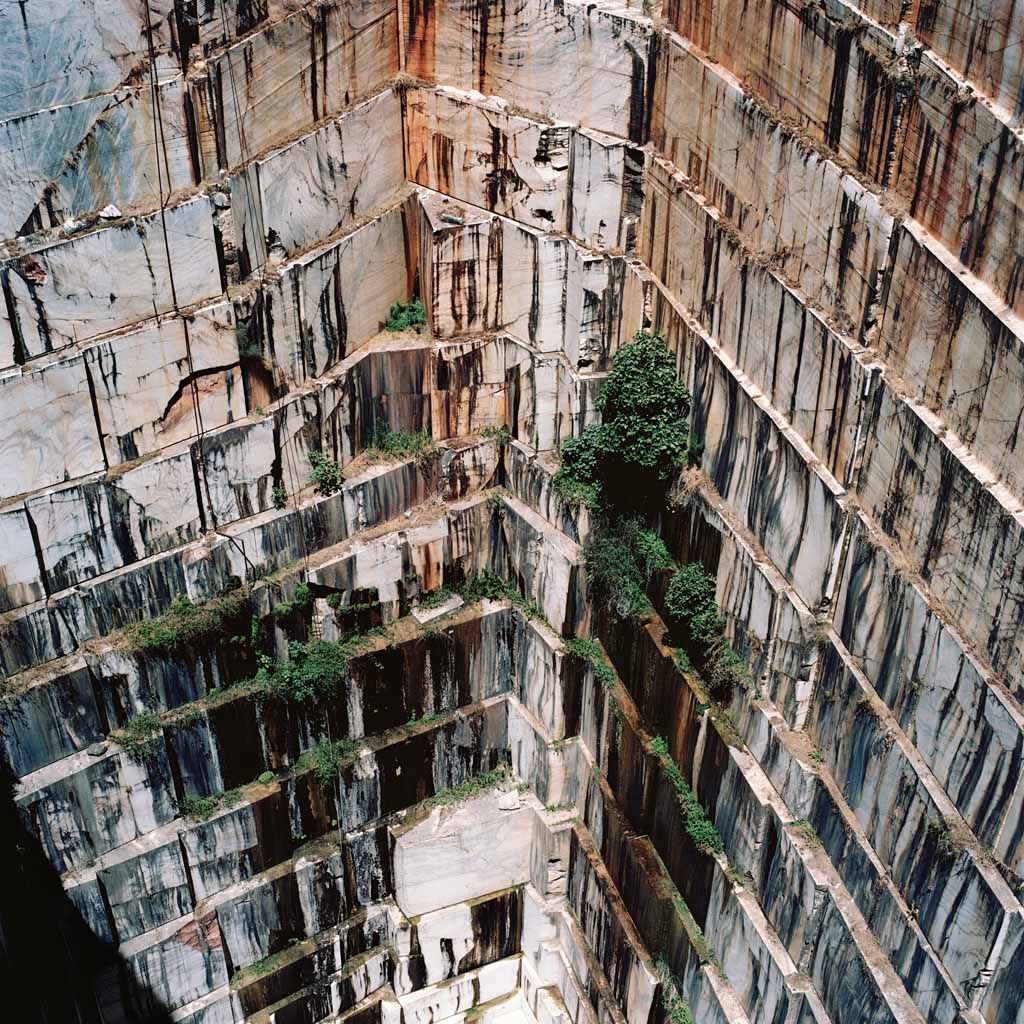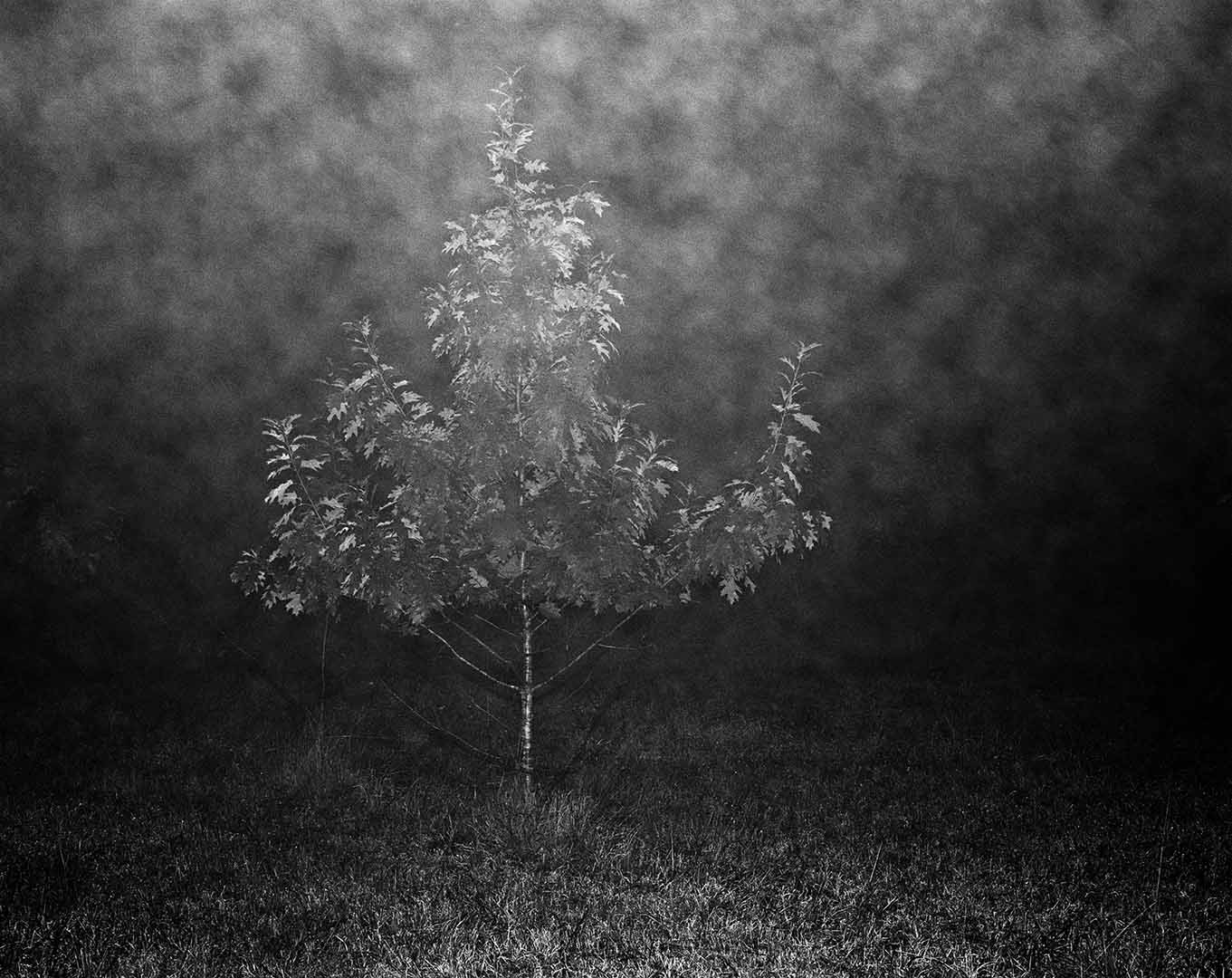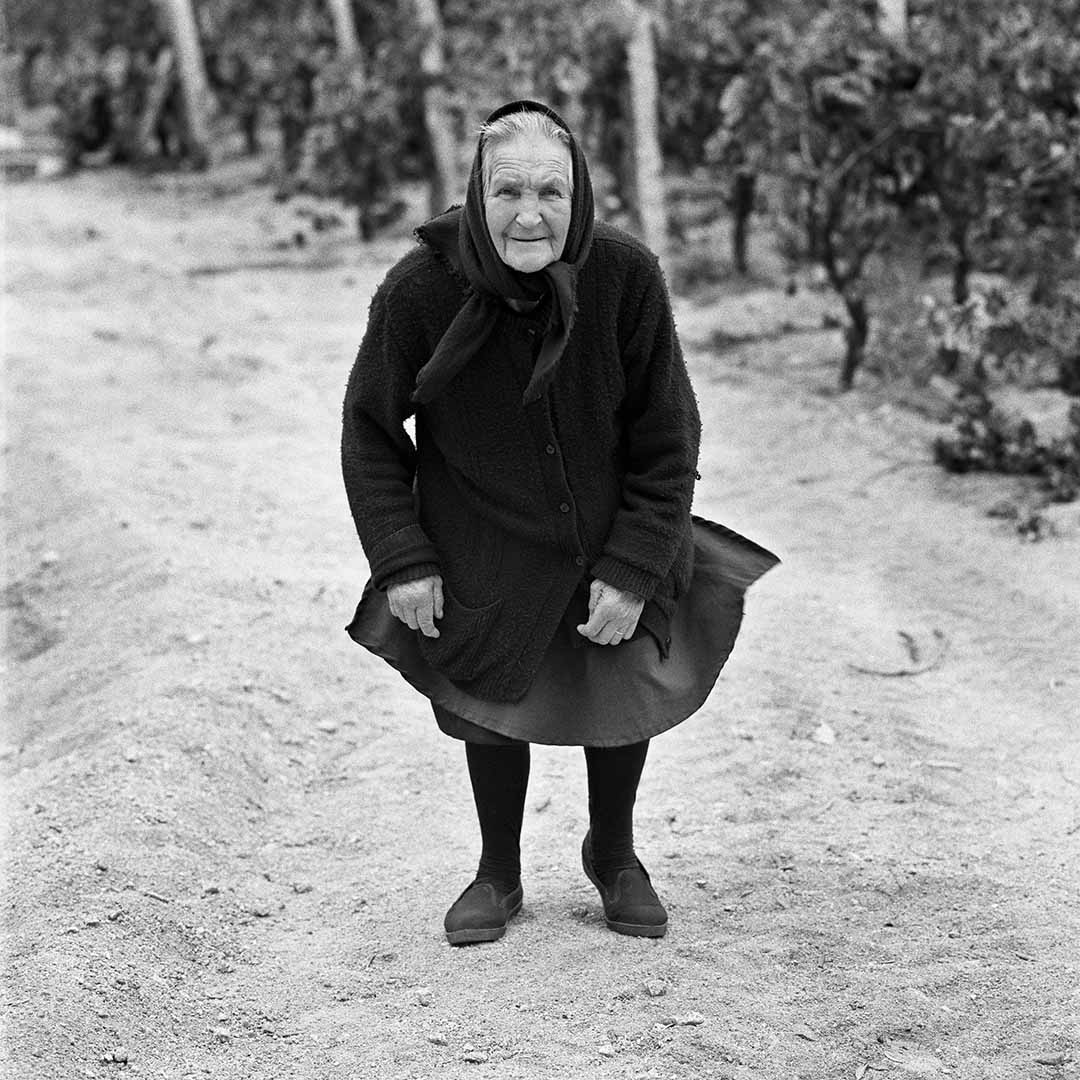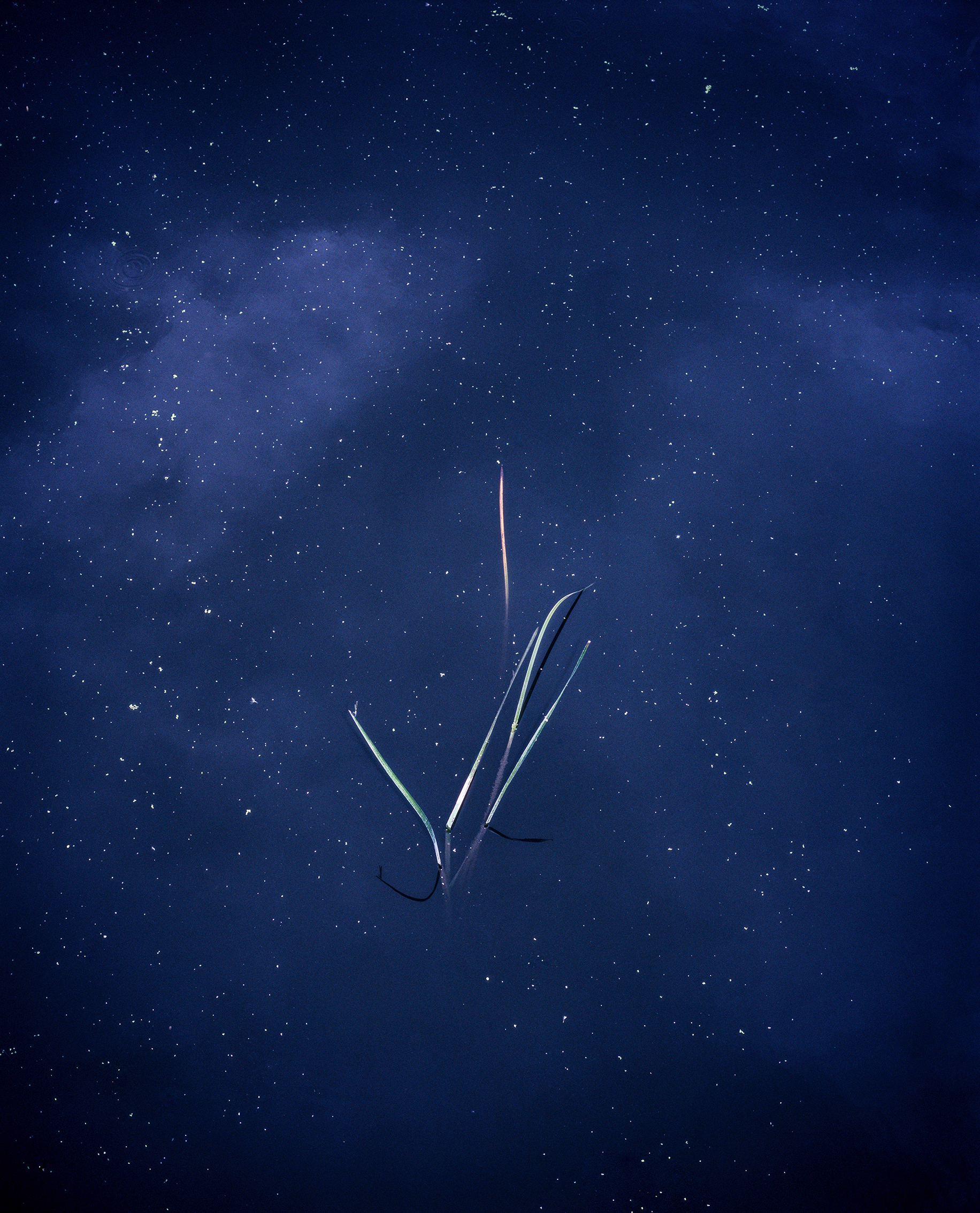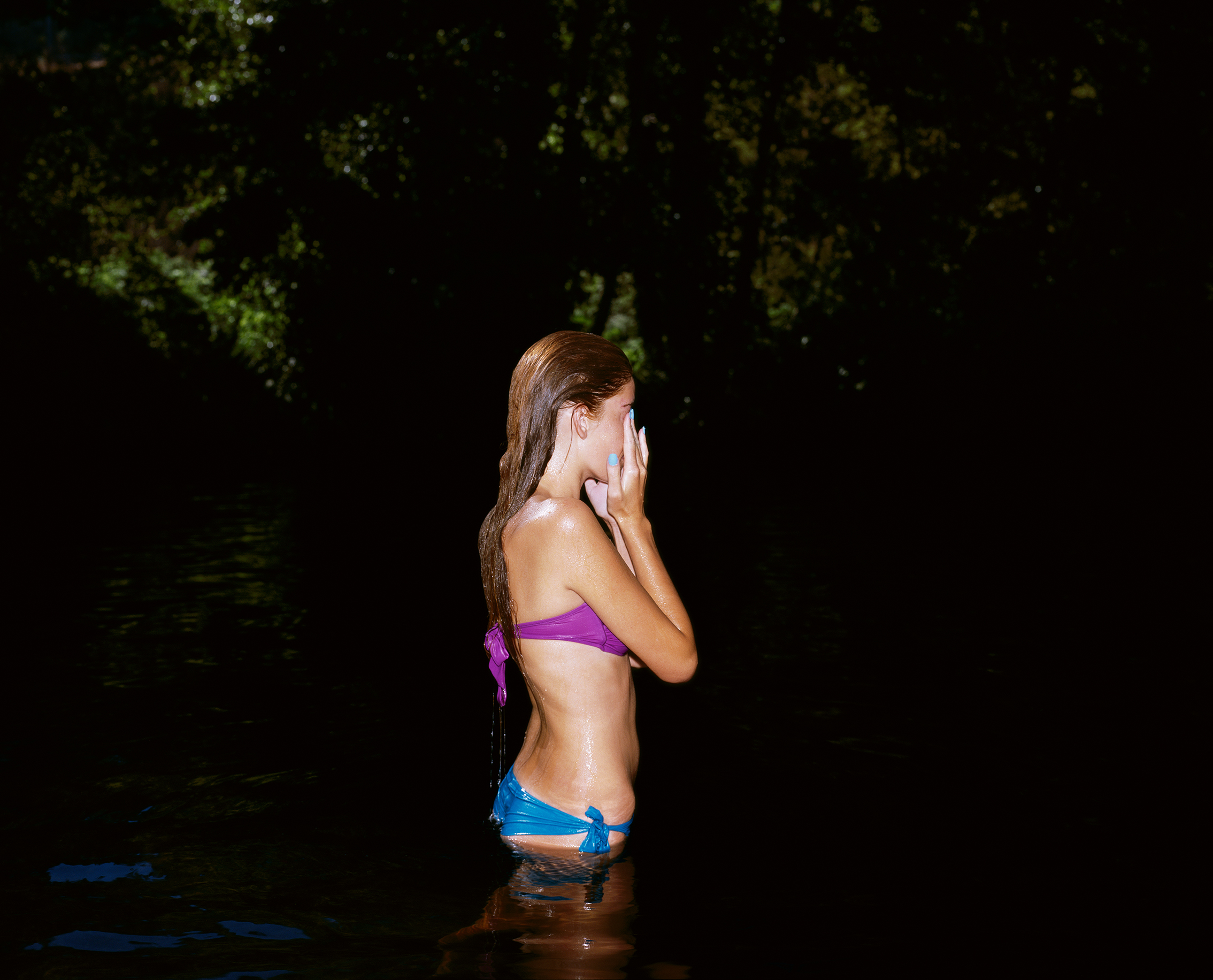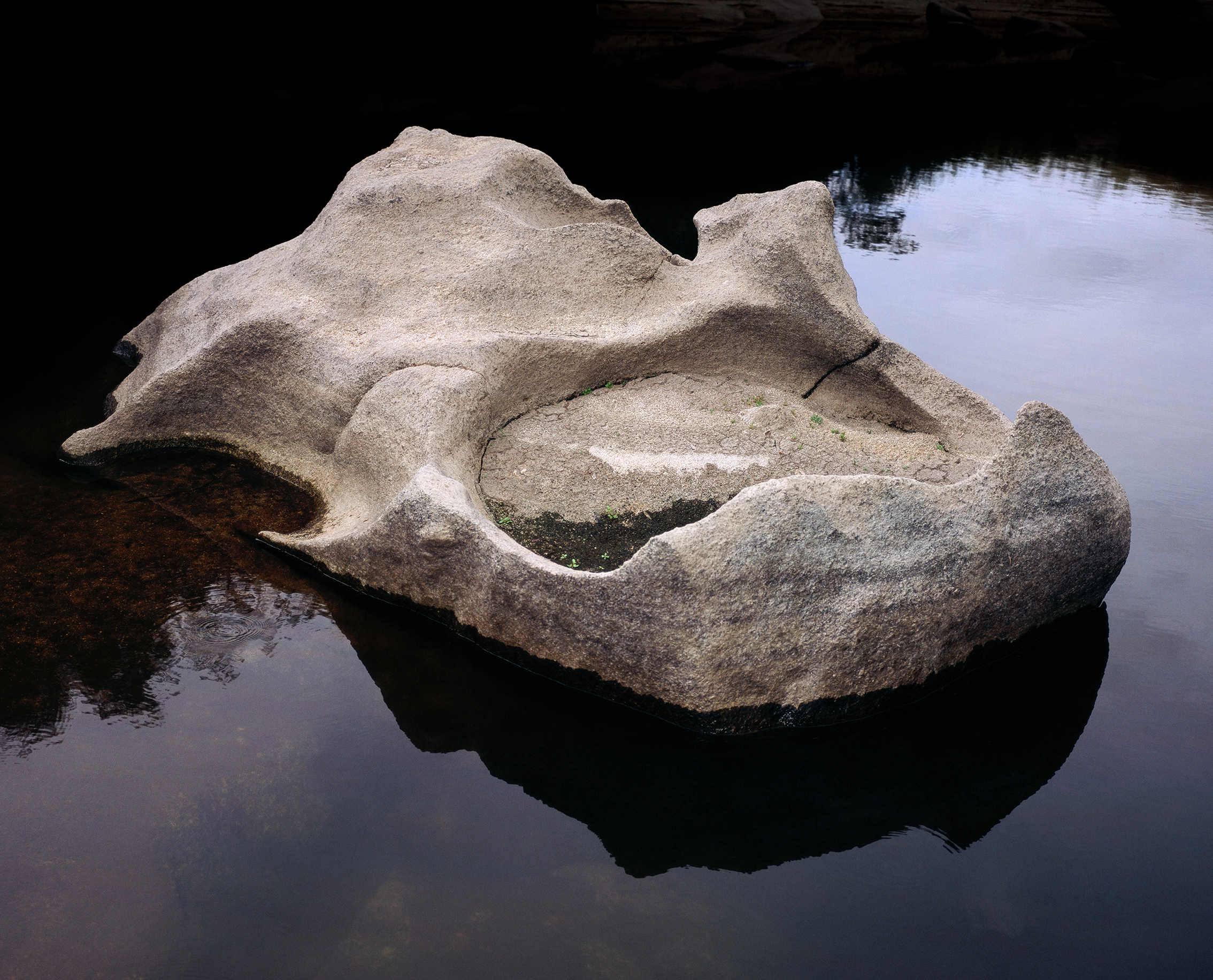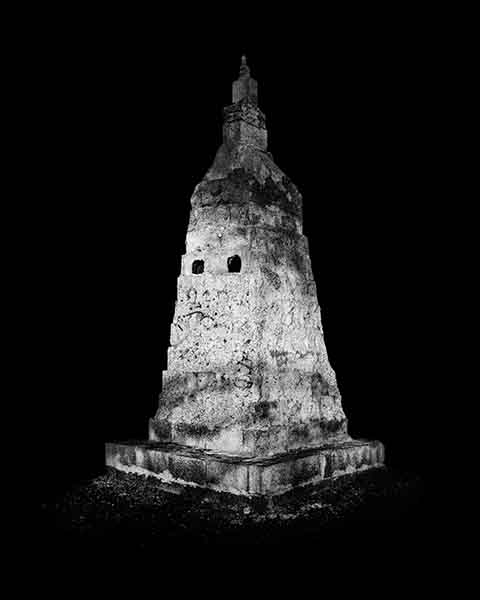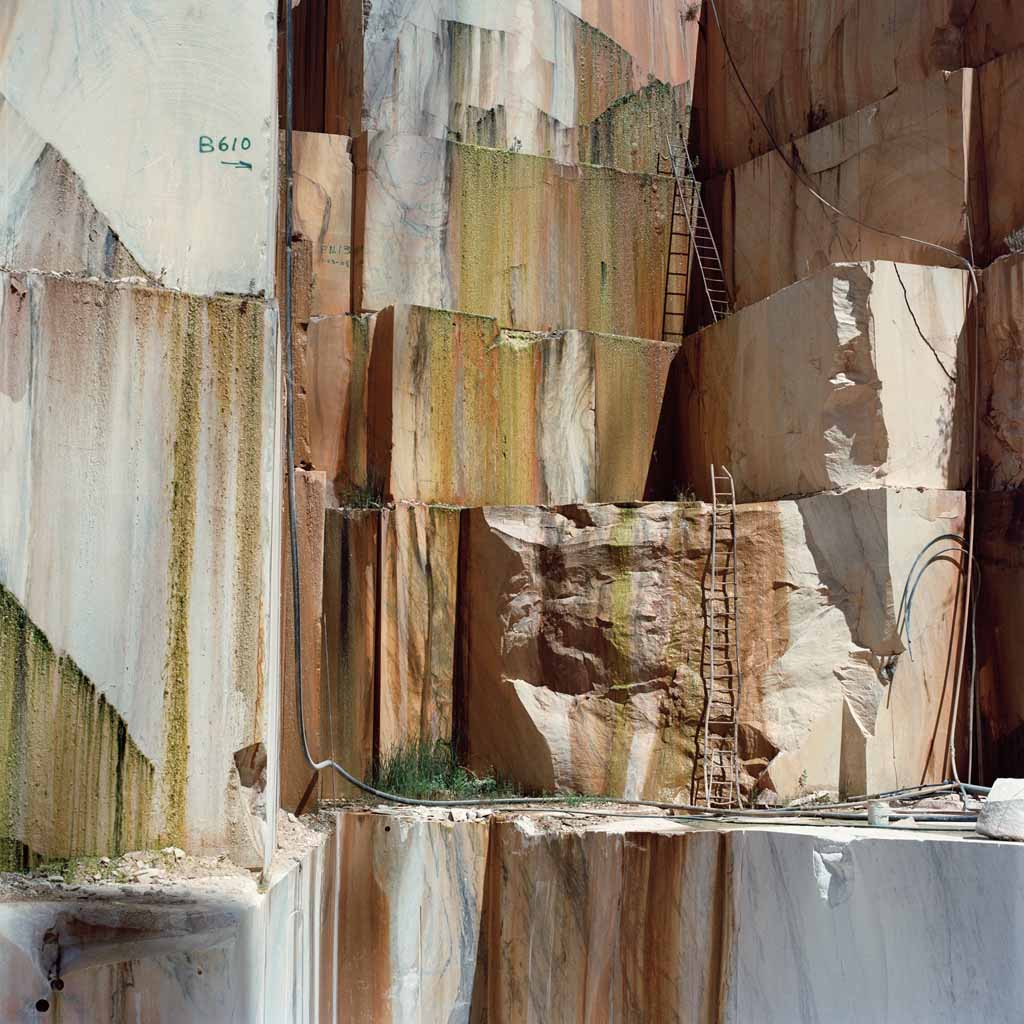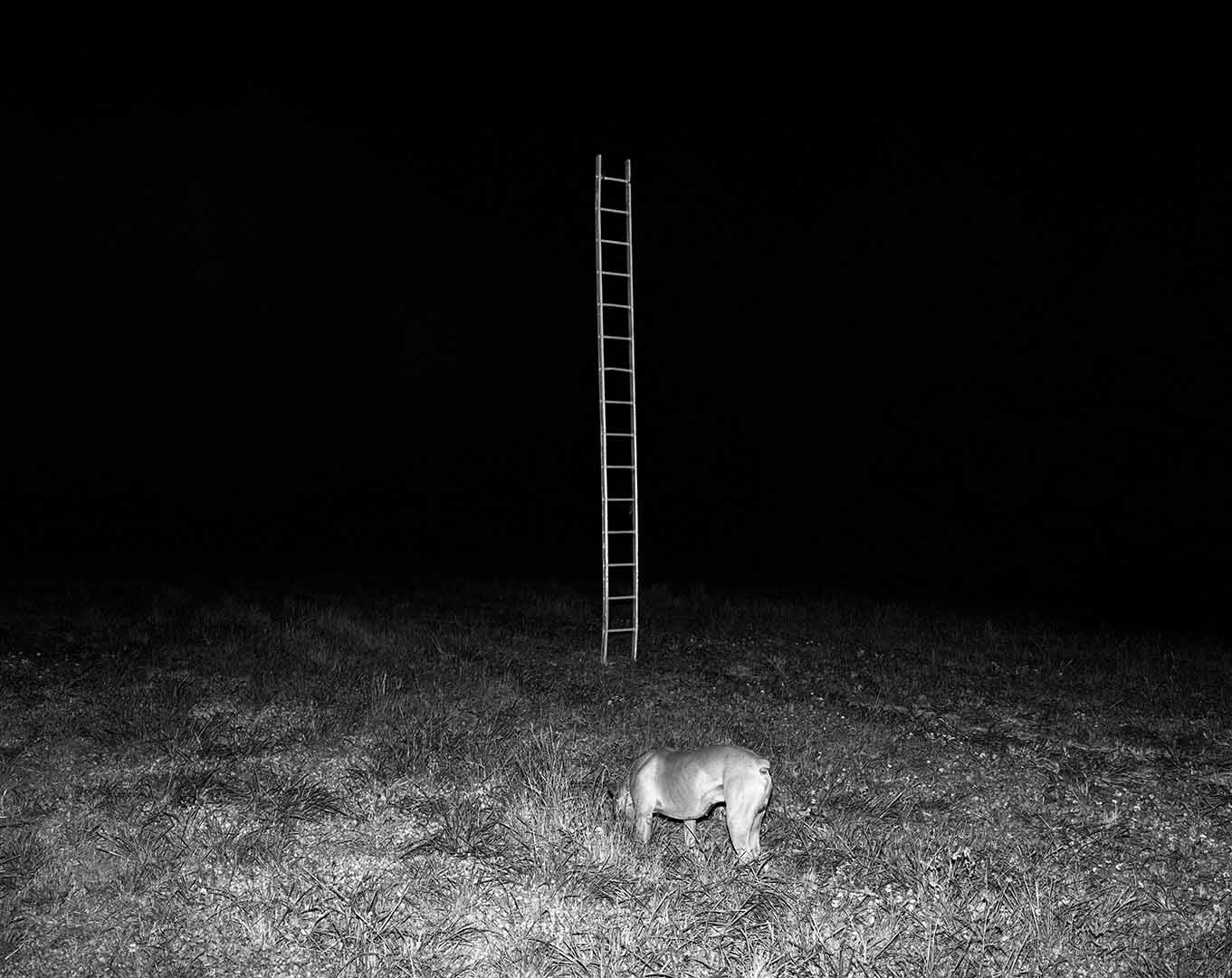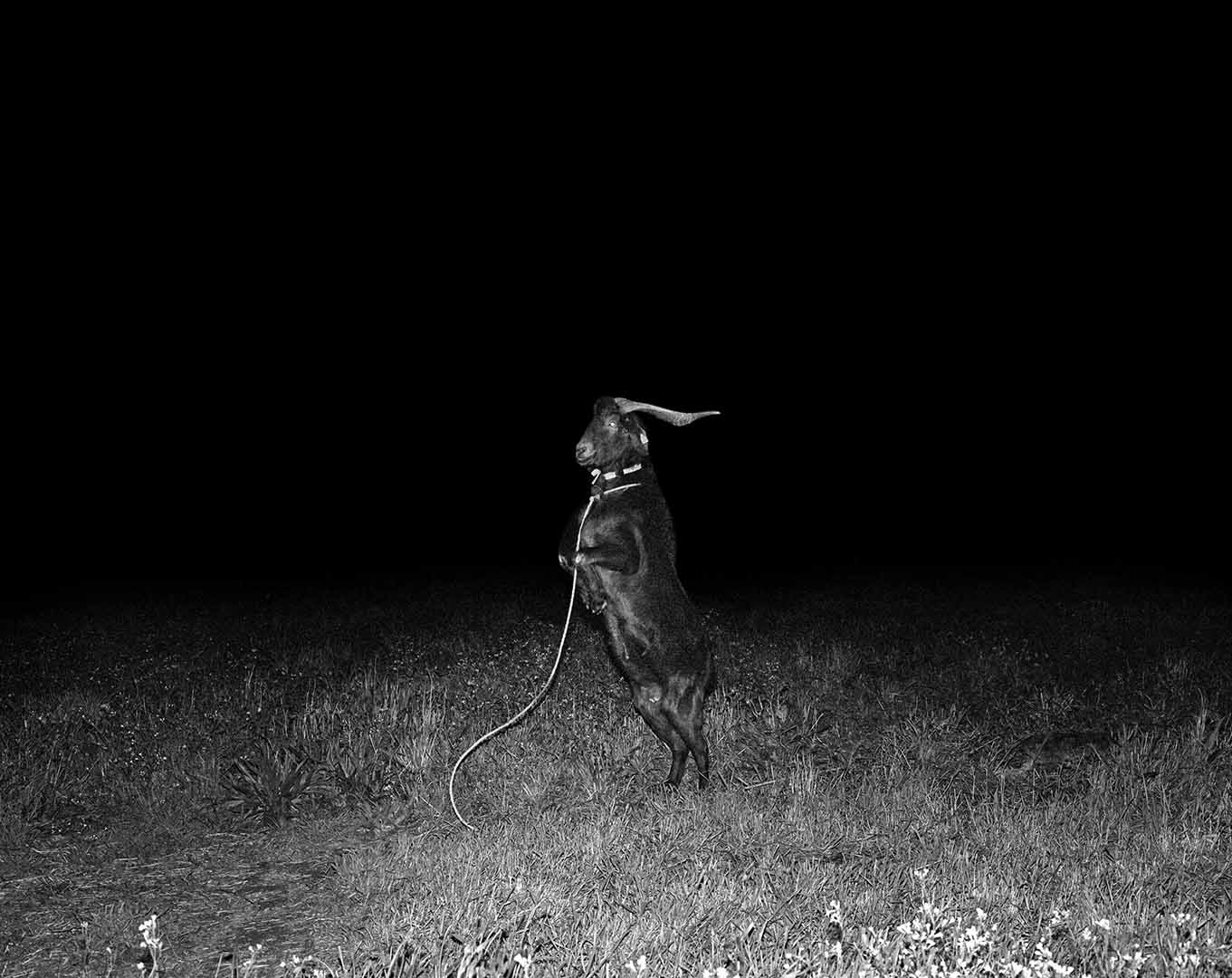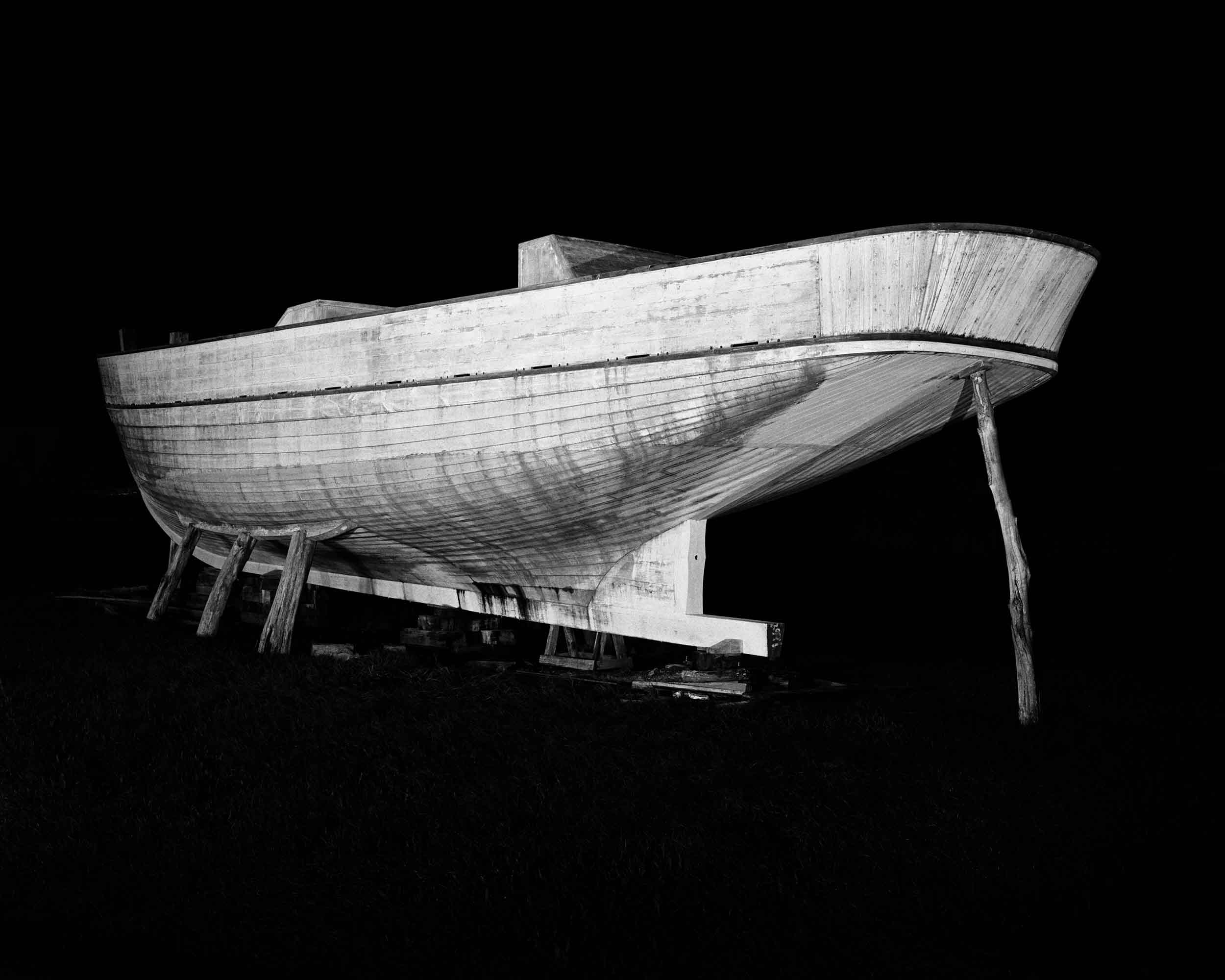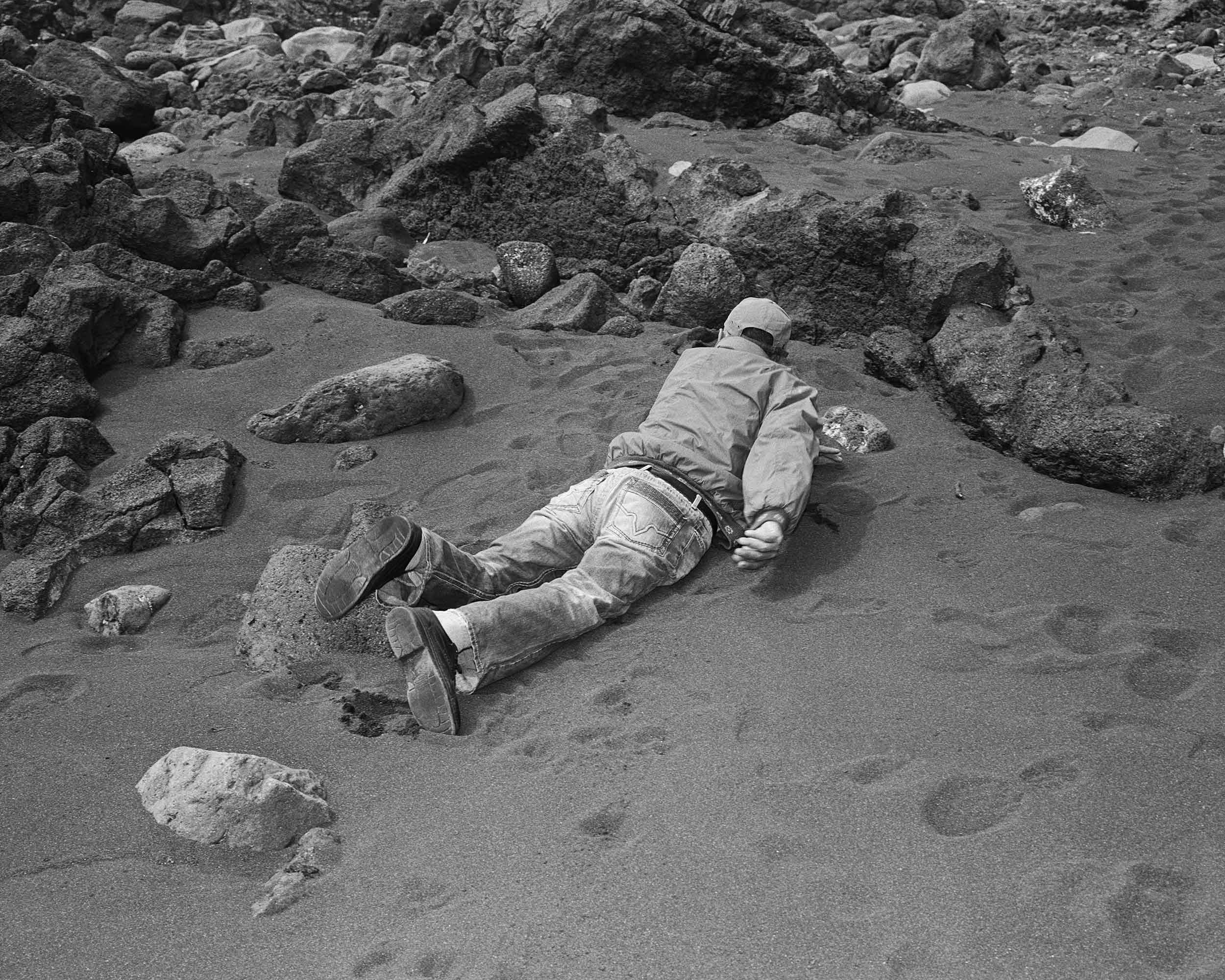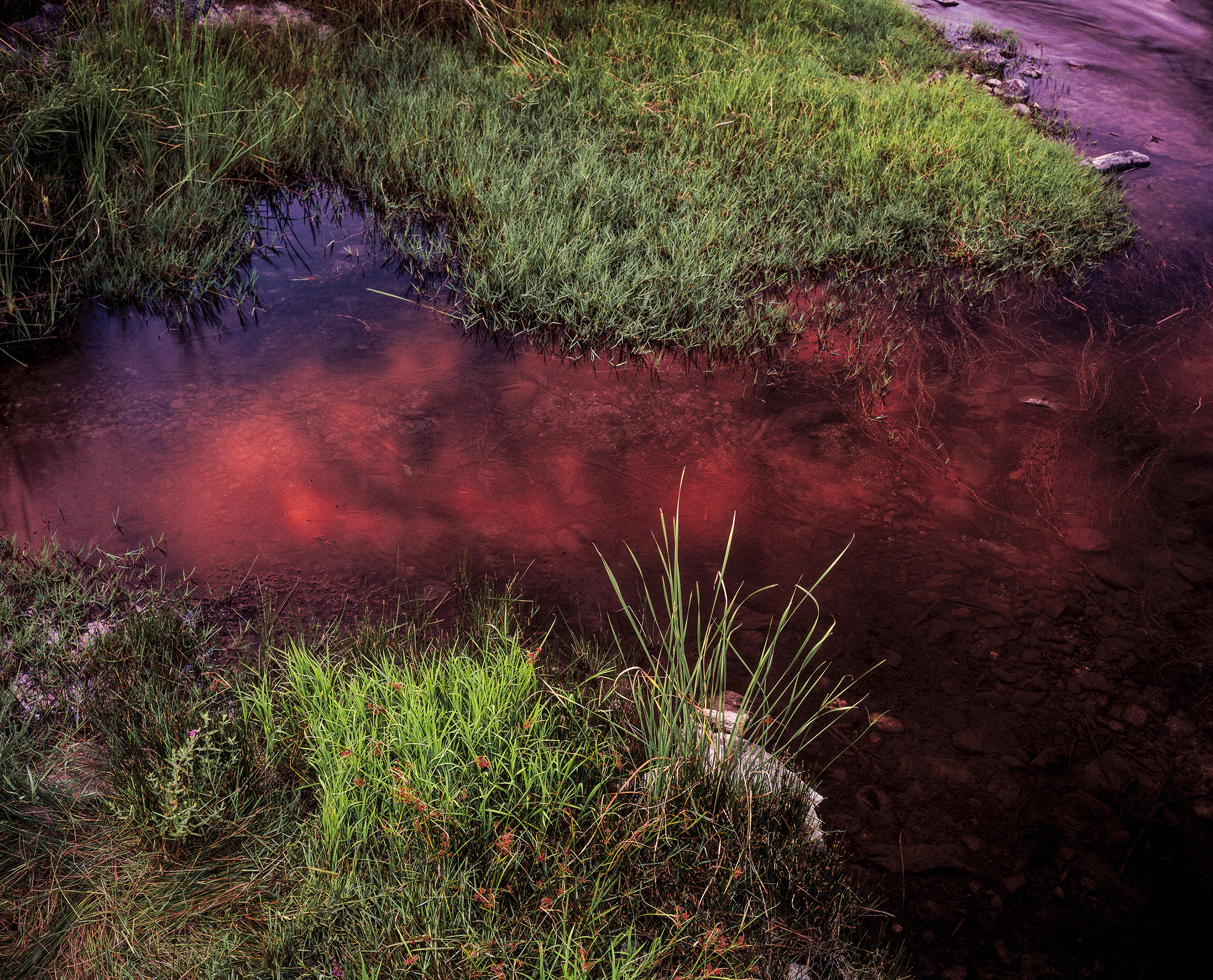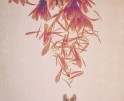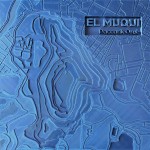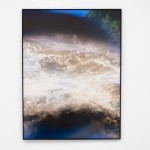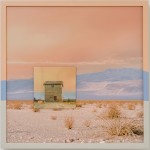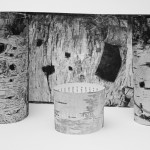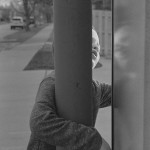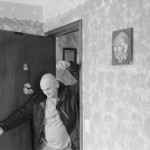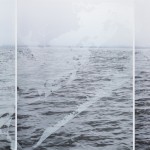Portuguese Week: Tito Mouraz
Carlos Barradas: Hi Tito, glad you accepted our invitation to be part of this Portuguese photography week. I would like you to start by introducing yourself.
Tito Mouraz: I finished the Visual Arts and Photography course at Escola Superior Artística do Porto in 2009 (where I currently live) and since then I have developed personal projects through photography.
CB: How would you describe your photographic practice?
TM: I always find it difficult to answer these types of questions, directed for a specific answer, almost as if my photographic practice had to be neat, organized and well defined. Photography is a possibility of multiple interpretations and I am not interested nor try to develop a specific visual style, but rather continue to learn from my own practice. It’s a kind of omnipresent loneliness, I like to discover places through photography, I use it to learn. I always take pictures of where I am, I don’t always know what they are for, but they teach me a lot about the place, the people, the time, the distances, the feel and observe it – deep down, what almost always stays with me. The best that photography gives me is personal experience.
CB: Your work is quite related to nature and up to a point, something like the intense violence against it, such as Open Space Office, to a more quiet, indulging, relationship with it, such as in Fluvial. What’s your view on nature and its impact in your work?
TM:Yes, the rural landscape, the river, nature, the mountains, they are all part of my growth. Returning to childhood and Beira-Alta, a region in the interior of central Portugal where I was born, perhaps it was in these fields and forests that the first fictions appeared, with my mind contaminated with imagination, long before thinking about a certain visual aesthetic. Although in Open Space Office they are industrial landscapes, which grow in the opposite direction to the usual (in depth, rather than in height) and thereforeremain unnoticed to passersby and totally transformed, I explore a less frightening and more colorful side. Removing the horizon, in the images, I only give the viewer the opportunity to reconstruct them, to imagine them. There is also fantasy in these places, it becomes desirable – there are cities, buildings and swimming pools with infinite stairs, gardens designed for the place. As I mentioned before, I no longer feel obsessed with looking for a visual style or a brand. In fact I like the surprise, the unpredictable, the freedom to create through inspirations and personal experiences, being almost always moved by the light and the atmosphere itself.
CB: There is also a part of the role of memory that is intense both in Casa das Sete Senhoras and Fluvial, would you care to describe it?
TM: The landscape of Beira Interior has been recurrent in my last works. I have a relationship and a past with these places and I visit them often. However, I think of the narrative as an indefinable place in time. It doesn’t necessarily have to be the present, I look for an anonymous landscape, with few elements that bring us to a certain contemporary reality. A large part of the interior landscape allows me this, intimate fictions. I do not want the real to be my absolute truth, but rather a disguised truth, almost as if it represented what cannot exist. Here I was moved by a fusion of happy memories: simple moments in life, the heat, the smell, the sound, the silence, the black, the color, the plants, the animals, the shape, the light … In both projects , I try to reinvent a whole personal landscape that is directly linked to me and my childhood. Despite photographing ordinary people and natural places there is in fact an equivalent relationship and treatment with human and non-human bodies, almost as if these people were part of the landscape, as if they were always there, a pause, contradicting, in my view, all the fugacity in the way we generally observe today.
CB: In Casa das Sete Senhoras, there is a sort of macabre feel to it, yet it seems you are completely comfortable with it, almost as if you have lived inside that myth, or legend, for a long time. Is that true?
TM: Yes, I know the story since I was a child. I always heard that there was a witch in the house, where seven sisters lived. I was never interested in the truth of the history of the Casa das Sete Senhoras, but in its atmosphere and how it connects people to their own place. Curious enough, I worked for 5 years in a very short radius, practically around that house. It was also a way of strengthening all this relationship of affection that I have with geography itself.
CB: Your presence in the rural, time, aging, these are all elements that are quite intense. What are your thoughts on it?
TM: They are just elements that I choose to show and that are directly linked to places like this. It is not a faithful documentary, there are things that are not here, there is a whole life around that I do not show. There is a certain fiction in its construction. I also opted for this strangeness that could be here or in another part of the country. Unfortunately, this characteristic of rural abandonment and transformation is very present. It is just a way of approaching the subject matter, I intend to stimulate the imagination and another understanding of the place – in the end, I think that each one sees his own thing.
CB: What was one of the most stressful moments you ever came across when working?
TM: I already had some, but during the process of the The House of the Seven Women, where I mostly photographed at night, in isolated places and with flashes that could be seen at long distances, and where the night sounds themselves would be enough to get frightened, I was called a thief by someone who was shouting and threatening to shoot me – luckily there were the flashes.
CB: Up until now, you’ve always worked with, or for, or in a territory. But your latest work is quite different, in that sense. Seems to me there’s no identifiable elements that render it knowledgeable, making it more mysterious than your previous works, I’d say. Could you comment on that?
It is a project that I have been developing in the last few months of strangeness and uncertainty. As a rule, I use the territory as a border, a way of editing and closing cycles. In this case, it does not exist geographically. In this ongoing work, the specific identity of the places in the photographs is irrelevant, the images exist without being from the present or the past. In the end, it will be an unknown place, where I have never been.
CB: Up until now, you’ve always worked with, or for, or in a territory. But your latest work is quite different, in that sense. Seems to me there’s no identifiable elements that render it knowledgeable, making it more mysterious than your previous works, I’d say. Could you comment on that?
TM: It is a project that I have been developing in the last few months of strangeness and uncertainty. As a rule, I use the territory as a border, a way of editing and closing cycles. In this case, it does not exist geographically. In this ongoing work, the specific identity of the places in the photographs is irrelevant, the images exist without being from the present or the past. In the end, it will be an unknown place, where I have never been.
CB: Is there such a thing as a Portuguese photography? In either cases, why?
TM: Like the project I am developing, I think that here, too, territory should not be used as a border.
CB: Last but not least, the future, both personal and for Portugal’s and the Portuguese artistic scene?
TM: I will certainly continue my projects that are still incomplete. Desirous of breaking distances and understanding what will happen to the Portuguese art scene.
Tito Mouraz, 1977, Portugal. He finished the Visual Arts and Photography course in the Superior Art School of Oporto (Escola Superior Artística do Porto) in 2010, being this the city where he lives and works. Exhibits regularly since 2009 in Portugal and abroad. Some of the most significant exhibitions have taken place at Módulo Gallery (Lisbon); Format International Photography Festival (UK); Blanca Berlin Gallery (Spain); Tampere Art Museum (Finland); Museu da Imagem (Portugal); Fotofestiwal Lodz (Poland); Festival Circulation(s), Paris (France); Carpe Diem Arte e Pesquisa (Lisbon) Encontros da Imagem, Braga (Portugal); Voies Off Gallery, Arles (France) etc.
Follow him on Instagram: @titomouraz
Posts on Lenscratch may not be reproduced without the permission of the Lenscratch staff and the photographer.
Recommended
-
Paccarik Orue: El MuquiDecember 9th, 2025
-
Jackie Mulder: Thought TrailsNovember 18th, 2025
-
Interview with Maja Daniels: Gertrud, Natural Phenomena, and Alternative TimelinesNovember 16th, 2025
-
Mara Magyarosi-Laytner: The Untended GardenOctober 8th, 2025
-
Conner Gordon: The OverlookOctober 4th, 2025


